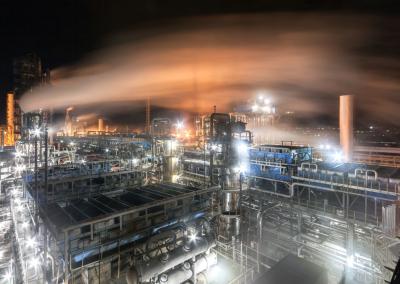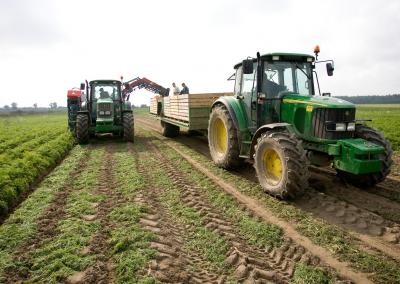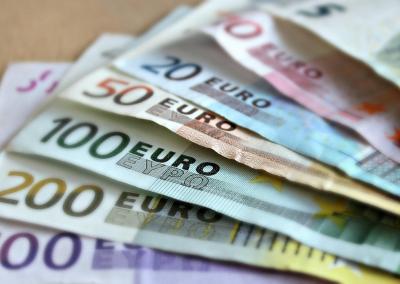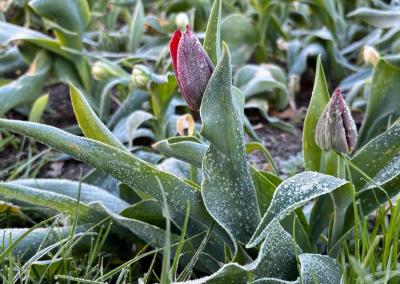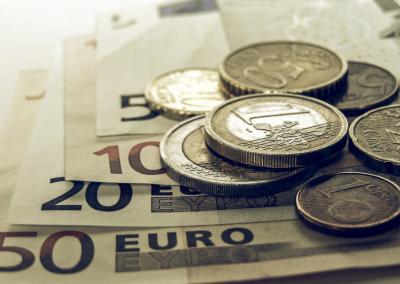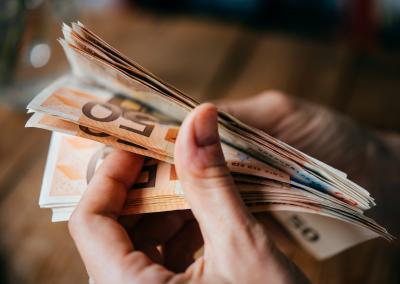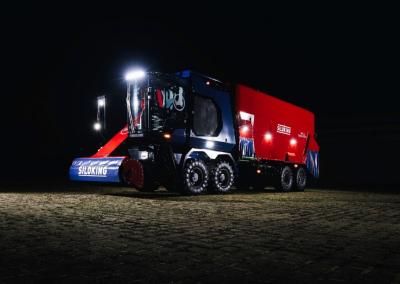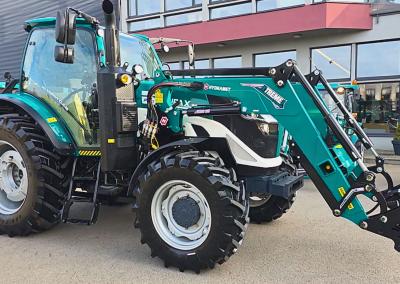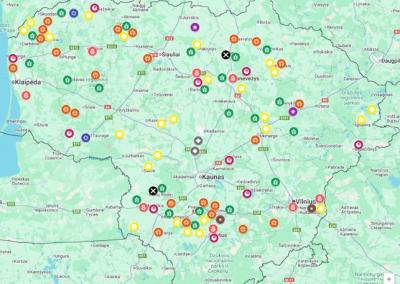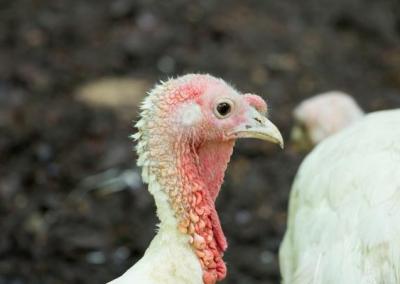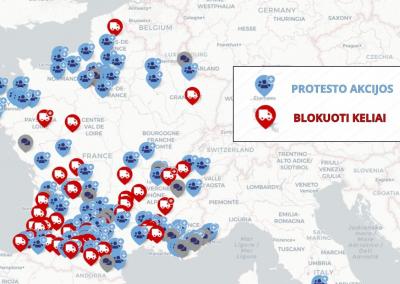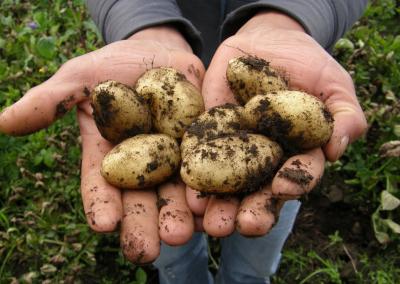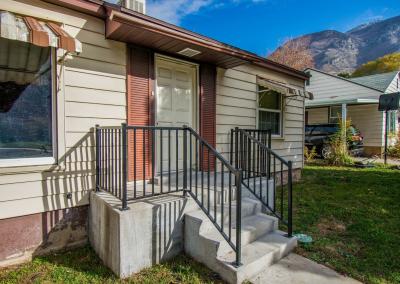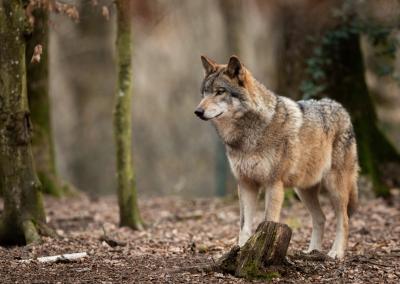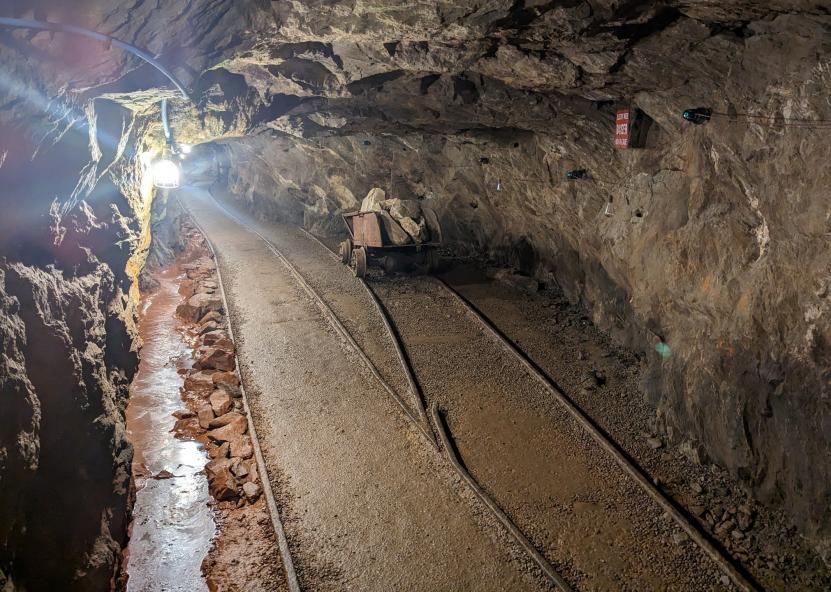Resources in the Lithuanian depths: unexploited but valuable
„Lithuania has minerals that have been explored and which we may start exploiting in the future. These include anhydrite, rock salt, amber and iron ore. But for the time being, these deposits are not being exploited for a variety of technical, economic and environmental reasons," says Valdas Stankevičius, chief geologist at the Lithuanian Geological Survey.
Anhydrite
The Pagirių anhydrite deposit is the only anhydrite deposit in Lithuania that has been explored in detail in the Kaunas district, with reserves of 80.69 million m3 and an anhydrite bed 30-35 m thick at a depth of 300 m. The resources of this deposit – are only a small part of the anhydrite resources of about 10,000 km2 in Suvalkija.
Anhydrite extraction is only possible by shaft mining. It can be used to cut blocks of various sizes, to produce interior cladding panels, crushed stone and anhydrite cement. Anhydrite can be used as an additive in the production of Portland cement. It is also suitable as a filler in the manufacture of white rubber, leather, paper and oil paints. Compact and monolithic, anhydrite is impermeable to liquids and gases, which allows for a variety of storage facilities to be built in cavities excavated in the anhydrite bed.
Anhydrite extraction would significantly reduce the import of gypsum and expand the production of less energy-intensive products, and the available resources would allow its unlimited export.It should be noted that anhydrite is not only geologically valuable, but also aesthetically valuable. It is often bluish, grey or white. High-quality transparent or bluish anhydrite is called angelite.
This mineral can form very large crystals – in the USA, Germany, France and other countries there are crystals as long as several metres. Because of its transparency and colour variations, high-quality anhydrite can be used for decorative and jewellery applications, so its value is not limited to industrial uses.
Stone salt
Rock salt deposits were formed millions of years ago when ancient seas dried up and left salt deposits behind. This shows that Lithuania was once under the sea, and this geological history gives our country a unique heritage.
Resources of rock salt have been found in the districts of Šilutė and Šilalė. In the Šilutė district, near the village of Usėnai, the only deposit of Usėnai in Lithuania has been found and preliminarily explored. It has Upper Permian rock salt resources of 545 million tonnes, while other areas have estimated inferred resources of 2,450 million tonnes.
The rock salt deposit of the Usenai deposit (55–70 m thick in the central part) has a flat dome shape with a vault at a depth of 460–470 m. The rock salt of the deposit consists of halite (NaCl, average content 94%) with an admixture of anhydrite, clayey material, and, to a lesser extent, gypsum and carbonates.
Mining is only possible by underground shaft excavation or by underground salt leaching. In addition, detailed geological studies and a full environmental impact assessment are required first for exploitation. In some regions of the world, salt mining has led to problems such as water contamination and land subsidence (the process by which the earth's surface settles for a variety of reasons, often linked to human activity). This aspect is therefore particularly important given our unique nature.Amber
Amber was formed 50 60 million years ago in what is now southern Scandinavia and the Baltic Sea from the resin of coniferous trees.
Around 600 kg of amber discarded by the sea is collected in our country every year.Lithuanian amber was relaid in the 18th–19th century. In the 18th-18th century, amber was mined in peat bogs in the vicinity of Priekule (near Pempiai and Lukščių) and to the north of Palanga (near Monciškės and Kunigiškės). Amber has been found in the coastal deposits of some glacial lakes (e.g. Lake Lūkstois) in the Samogitian Highlands.
In 1860–1899, amber was mined mechanically by the Prussian company „Stantien und Becker“in the Curonian Lagoon near Juodkrante (according to various sources, 18 to 85 t of amber was extracted per year). In 1928–1929, the Lithuanian company „Gintaras“ tried to resume production.
In 1992–1994, studies of the Curonian Lagoon's amber content confirmed the possibility of extracting this mineral. In the coastal part of the Curonian Lagoon, the Juodkrante amber deposit has been preliminarily explored and three promising amber areas have been identified.
Preliminary explored amber resources amount to 112 tonnes, and forecast amber resources to 220 tonnes. The average concentration of amber (coarser than 5 mm) in the Juodkrante deposit is 80 g/m3 and in the identified prospective areas – between 25 and 130 g/m3. Before amber extraction begins, a detailed exploration of the deposit should be carried out and the impact of exploitation on the Curonian Lagoon ecosystem should be assessed.
Iron ore
In Lithuania from 800 BC to the 20th century. In the period from the beginning of the 19th century to the beginning of the 19th century. Swamp ore accumulates in marshes, on the banks of springs, rivers and lakes, in places where iron water has been deposited by the deposition of iron oxides and hydroxides.
The Varėna iron ore deposit is the only one in Lithuania that has been preliminarily explored in the territory of the Varėna District Municipality. The deposit consists of 7 separate 4.2–141.9 m thick bodies, separated by intervals of non-alkaline rocks. The ridge of the ore bed lies at a depth of 360 m and the bed at a depth of 900–1000 m. Preliminary explored iron ore resources (Fe >20 %) amount to 61,69 million m3 (219,6 million tonnes), of which rich ore (Fe >45 %) – 34,57 million m3 (142,2 million tonnes), with an inferred resource of 57,5 million m3.
The technical economic appraisal of the field has shown that further exploration and exploitation of the field is not economically viable under the current economic conditions and unfavourable market conditions.
In addition to the iron deposits, deposits of white marble and granite have been identified. These minerals could be mined in parallel with iron ore. In the future, under more favourable economic and environmental conditions, the extraction of these resources could become profitable. Investigations of Lithuania's crystalline basement have revealed copper and molybdenum ore deposits near the village of Margioniai and in several places around the town of Varėna.
Gold
Gold was brought to Lithuania by glaciers from the gold fields of Sweden and Finland. Thus, gold is still found as an impurity in the gravel deposits of north-eastern Lithuania today. Concentrations of gold are around 0,5 g/t of soil. The estimated reserves in the deposits studied could be up to 3 tonnes. However, it is currently not being mined due to difficult and economically unfavourable conditions.
A very interesting ancient method of gold extraction, known as the fur method, was practised around 2000–3000 BC. It was known in ancient Egypt, Mesopotamia and other civilisations. Sheep skins, used as natural filters, were lowered into the river with stones tied to them and golden sand was poured over them. The light golden sands were washed away with the water, while the larger pieces of metal remained in the wool. The stakes and the gold they contained were burned, the ashes were put in vessels and washed with water. When the murky water was washed away, the gold remained at the bottom of the vessel.



